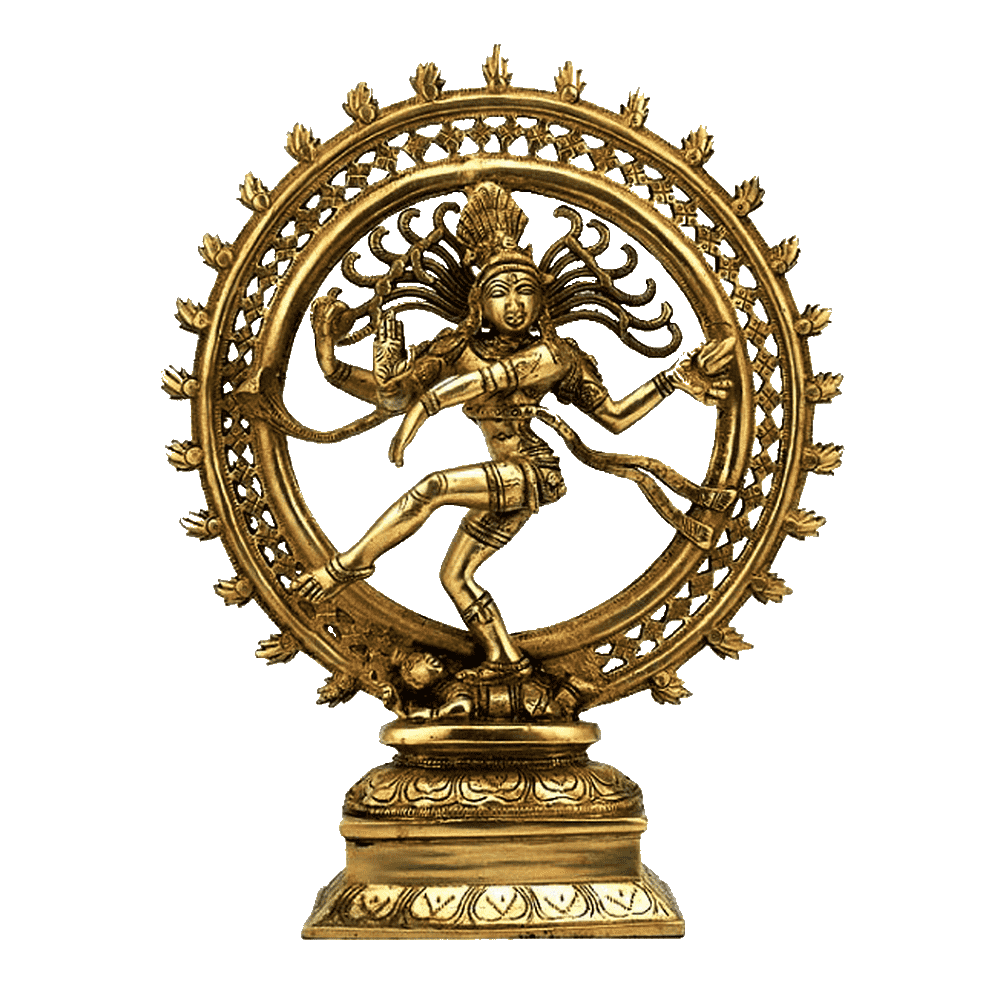
Tantras
A Brief Overview of Tantra Tradition in Hinduism
Introduction:
The Tantra tradition in Hinduism is a unique and multifaceted spiritual path that has been practiced for centuries. Rooted in ancient Indian scriptures called the Tantras, this esoteric tradition explores the mystical aspects of human existence and seeks to attain spiritual liberation through various rituals, meditative practices, and devotion to the divine. Tantra encompasses a diverse range of beliefs and practices, making it a fascinating and complex subject of study for researchers and scholars alike.
Origins and Development
The origins of Tantra can be traced back to the early centuries of the Common Era, although its roots are believed to be even more ancient. The Tantras, a genre of sacred texts, emerged during the medieval period and provided the foundation for the development of this tradition. While some of these texts are centered around ritual practices, others delve into philosophical, cosmological, and metaphysical aspects of the universe.
Key Philosophical Tenets
At its core, Tantra embraces a holistic understanding of the universe, where the macrocosm and the microcosm are interconnected. The ultimate reality, often referred to as Brahman, is considered both immanent and transcendent. Unlike some other Hindu philosophical schools that emphasize renunciation and asceticism, Tantra believes that the material world and spiritual realms are intertwined, and one can achieve enlightenment while remaining fully engaged in everyday life.
Divine Energy and Deities
One of the central themes of Tantra is the worship of divine energy, often personified as the Divine Mother, Shakti. The concept of Shakti represents the dynamic, creative, and feminine aspect of the divine, complementing the more static and masculine aspect known as Shiva. Tantric practitioners seek to awaken and harness this divine energy within themselves through various rituals, visualizations, and meditative techniques.
Mantras, Yantras, and Rituals
Tantra incorporates the use of sacred sounds known as mantras and mystical diagrams called yantras. These powerful tools are believed to connect practitioners with specific divine energies and aid in their spiritual progress. Tantric rituals are highly symbolic and may involve meditation, chanting, offerings, and complex ceremonies. While some rituals are performed individually, others are conducted in group settings, often under the guidance of an accomplished guru.
Tantra and Sexuality
A misconception often associated with Tantra is its association with sexual practices. While certain branches of Tantra do explore the integration of sexuality into spiritual practice, these aspects are a small fraction of the vast tradition. It is crucial to understand that authentic Tantric practices go beyond mere sensual gratification and aim to channel and transcend human desires towards spiritual awakening.
Branches and Schools
Over the centuries, various schools of Tantra have emerged, each with its unique approach and practices. Some prominent schools include Kashmir Shaivism, Shakta Tantra, Vaishnava Tantra, and Kaula Tantra. Each school emphasizes different deities, rituals, and philosophies, contributing to the richness and diversity of the Tantra tradition.
Conclusion:
The Tantra tradition in Hinduism is a profound and multifaceted path that seeks to unlock the hidden potential of human consciousness and unite it with the divine. It offers practitioners a unique blend of philosophy, ritual, and devotion, allowing for a comprehensive exploration of spirituality. Though often misunderstood, Tantra remains a significant and influential aspect of Hindu religious and philosophical thought, inspiring seekers to delve into the depths of their inner selves and attain spiritual realization.
Editor – Kaalchakra Team
[ Note – Before Concluding anything as a Finale, Please Go through Original Scriptures of Vaidik Literature Written in Sanskrit and Also with Meaning of That time of Language. Because English is a Limited language to Explaining the Deeper Knowledge of Vaidik Kaal. ]
